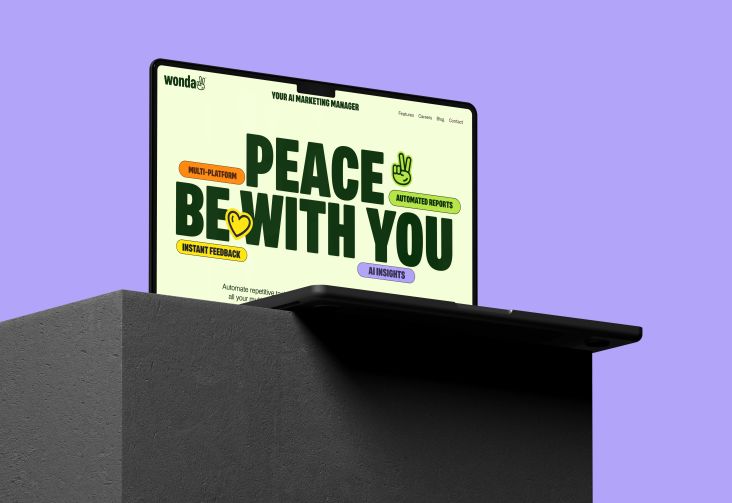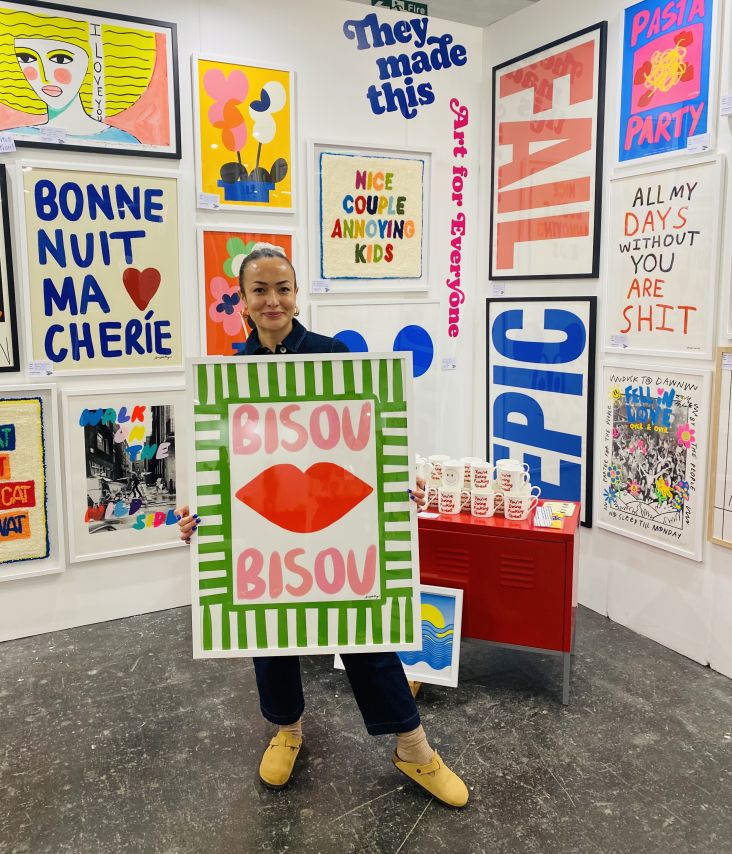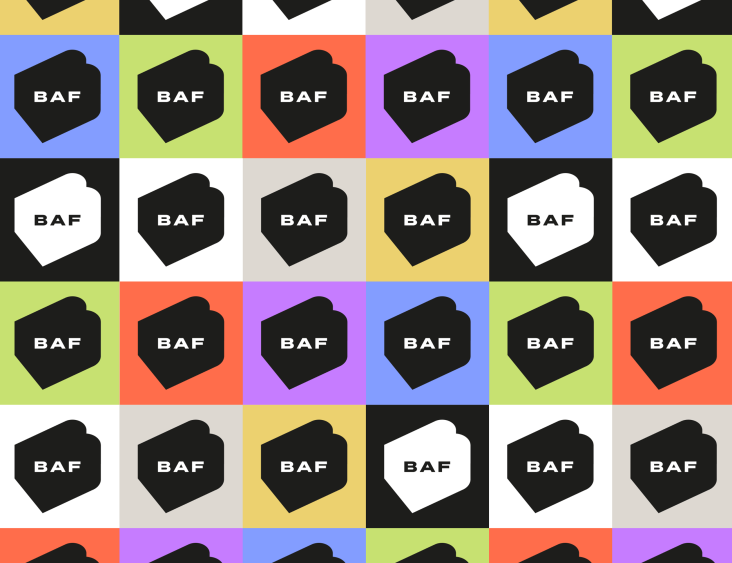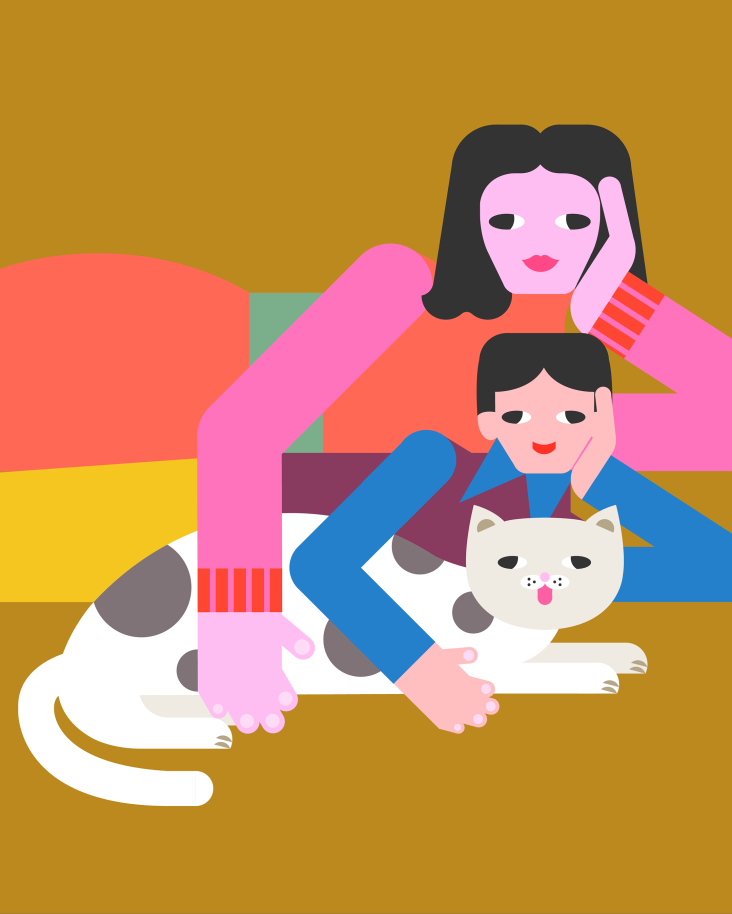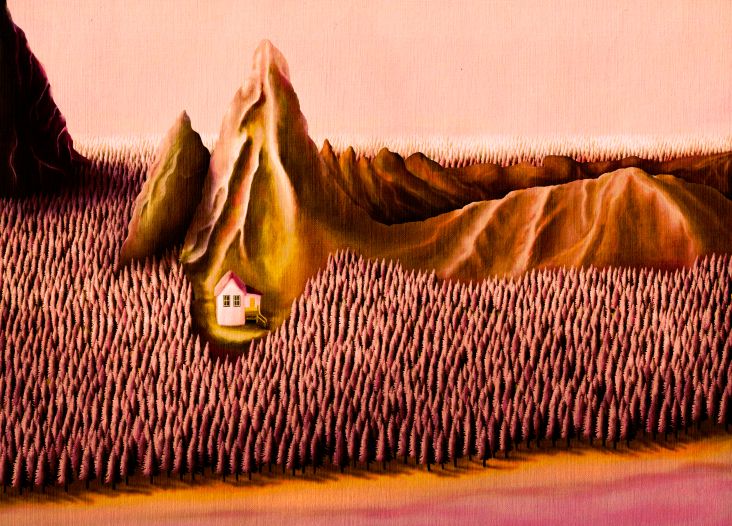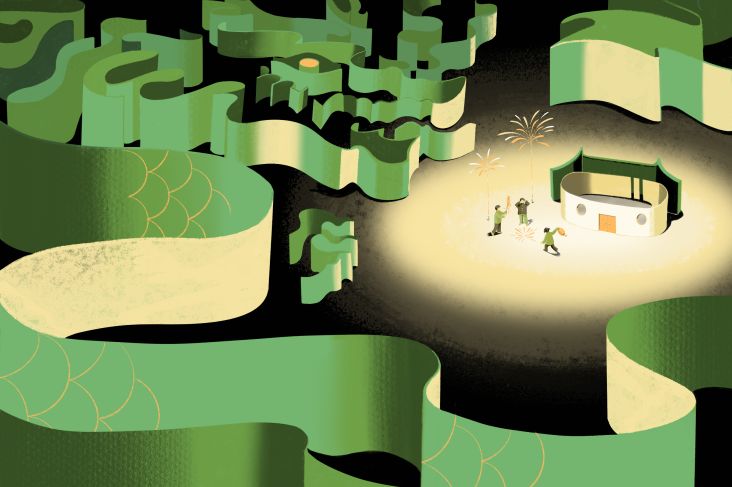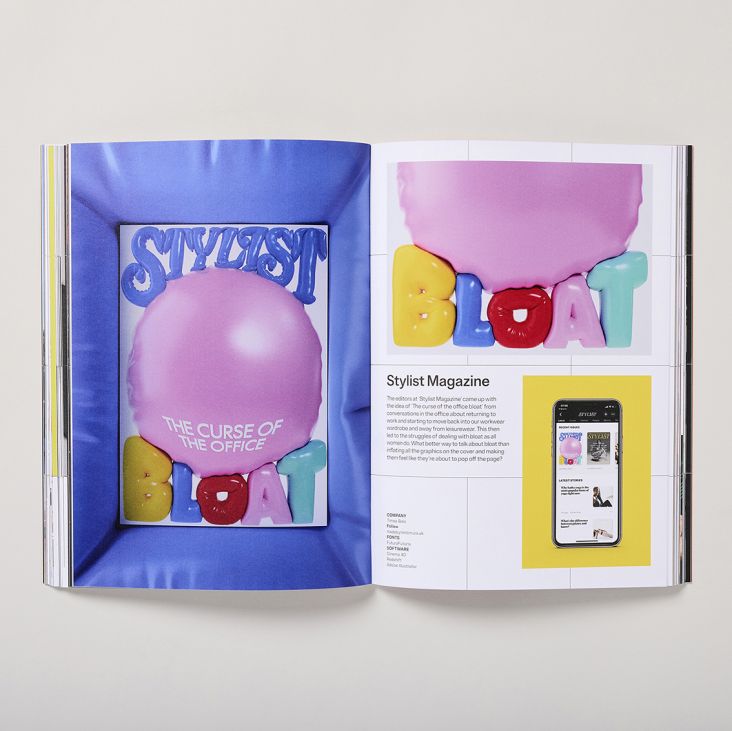F. C. Variable: Rob en Robin create customisable illustrations inspired by variable fonts
The worlds of illustration and variable fonts collide in a new project from creative duo Rob en Robin titled F. C. Variable. In it, the pair explore how users can manipulate exported images to create customisable results.
Variable fonts have shaken up the world of typography by making it easier for designers to create custom letterforms. But what if the same could apply to illustrations? That's the inspiration behind F. C. Variable, a football-themed look at how clients could manipulate exported images thanks to a series of command prompts.
The project is the brainchild of Rob en Robin, who challenge themselves by learning new software every year in order to push their creative skills further. "This could involve something within 3D software, AR, or our latest project with variable fonts," the pair tell Creative Boom.
"By sharing these projects with the world, we aim to enrich our portfolio with innovative perspectives on illustration, maintaining excitement for ourselves, and showcasing our interests and abilities to potential clients."
During their design process, they often use 3D software and enjoy the process of manipulating objects with the help of sliders. Sadly, this interactive element is lost when an image is exported, prompting them to examine whether it could be reintroduced for viewers to play with.
"Through some research, we discovered that a font is not much different from an illustration. Just like letters, illustrations consist of vectors, and with variable fonts, it does give you the ability to animate them and make them interactive. Some tutorials and courses provided the initial push, and that's how we began drawing illustrations in a program intended for creating fonts."
The pair's affinity with fonts makes sense when they realise that they graduated as graphic designers before moving into illustration. "As a result, we follow numerous design agencies and typefoundries on Instagram," they explain.
"It's hard to overlook variable fonts; they are already widely used in the design field. We had barely seen them used in illustration, which gave us the idea to dedicate our next 'self-study project' to them.
"We saw some examples of typefoundries presenting their typefaces using their own one-page mini website, showcasing their fonts in detail. We thought this would also be a suitable way to present our own 'font'.
"We can include everything in such a webpage: the trigger that sparked the idea, the process, and some interactive experiments. Because ultimately, we aimed to craft an illustration that wasn't bound by a fixed form, but rather interactive. For us, it had to become a playground to explore the possibilities and broaden our perspective on illustration."
The F. C. Variable website makes the project look effortless. On it, the pair break down how the shape and size of a goalpost can be warped via a series of sliders, but making it was not as straightforward as it appears. "Since we're not knowledgeable about coding, we spent a lot of time on this and initially didn't know how we were going to pull it off," they reveal.
"Fortunately, with the help of ChatGPT nowadays, you can go a long way with just minimal external support. This is a cool development; small experiments have now become accessible to craft together yourself, at least to see how things work."
Creating a project that resembles a cohesive whole is always a tricky prospect, but with the theme in mind and the technology at hand, it was a fun challenge. "By incorporating the terminology of the typography world into the football theme, we stumbled upon absurd concepts organically," they add. "It gradually became a useful theme to anchor various jokes, such as an italic goal and a serif goal, which reference real typefaces.
"We've enjoyed discovering subtle details, such as the pre-loader. It begins as a small goal on the left and expands gradually like a typical loading bar. That's something we often do and enjoy: taking one object and exploring its potential. We find that such an object comes to life and quickly conjures similarities to human behaviours. Or, within a distortion, a conceptually strong image arises. By playing around, something fun always comes about."
Even though it's still early days, the potential for variable illustrations excites Rob en Robin. "We visualise the use of variable illustration not only within a digital environment like a website but situated in a public space," they conclude.
"The input of the variable can then take on even crazier forms, such as cameras and sensors, and engage in unexpected interactions. And best of all, these new environments lead to surprising concepts once again.
"But even within the editorial domain, for instance, we consider it interesting (and perhaps also functional) to incorporate this approach and give it a try. We imagine that such an interactive element could add an extra layer to an illustration, thereby elevating the impact of an article."
Want to play around with variable illustrations yourself? Head on over to the F. C. Variable page.

















